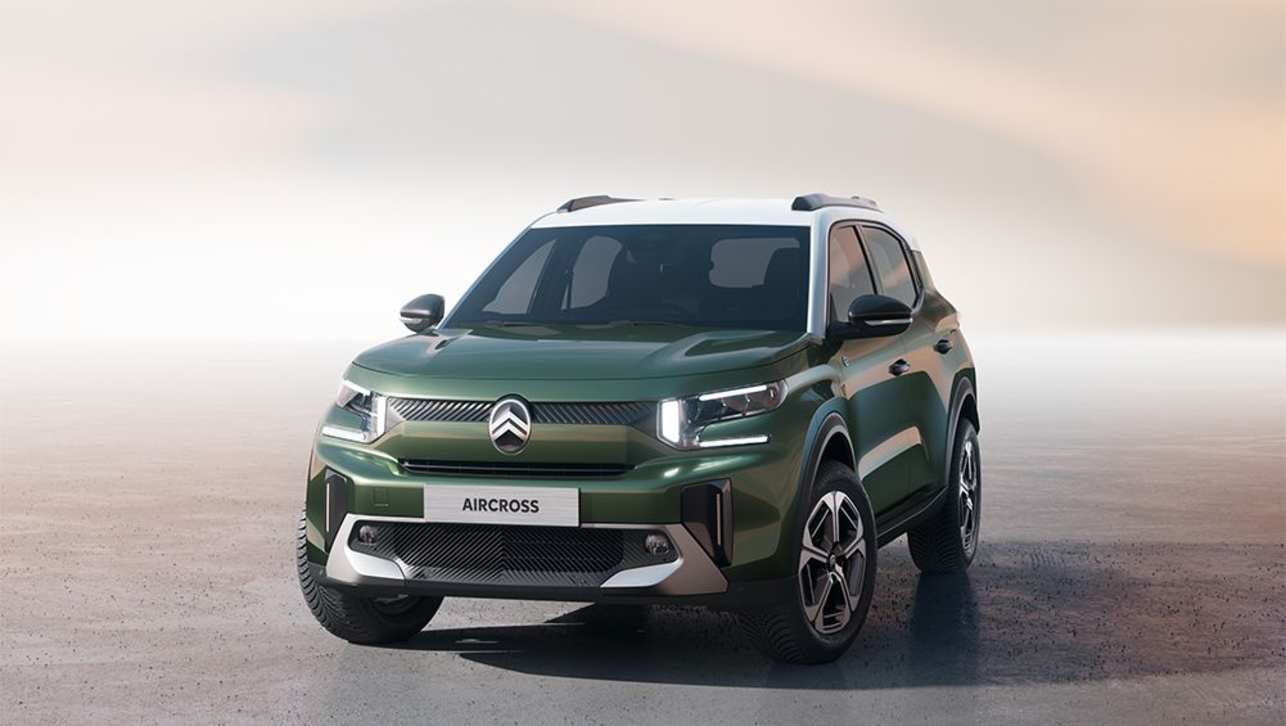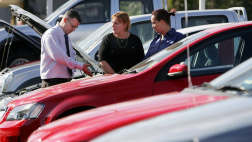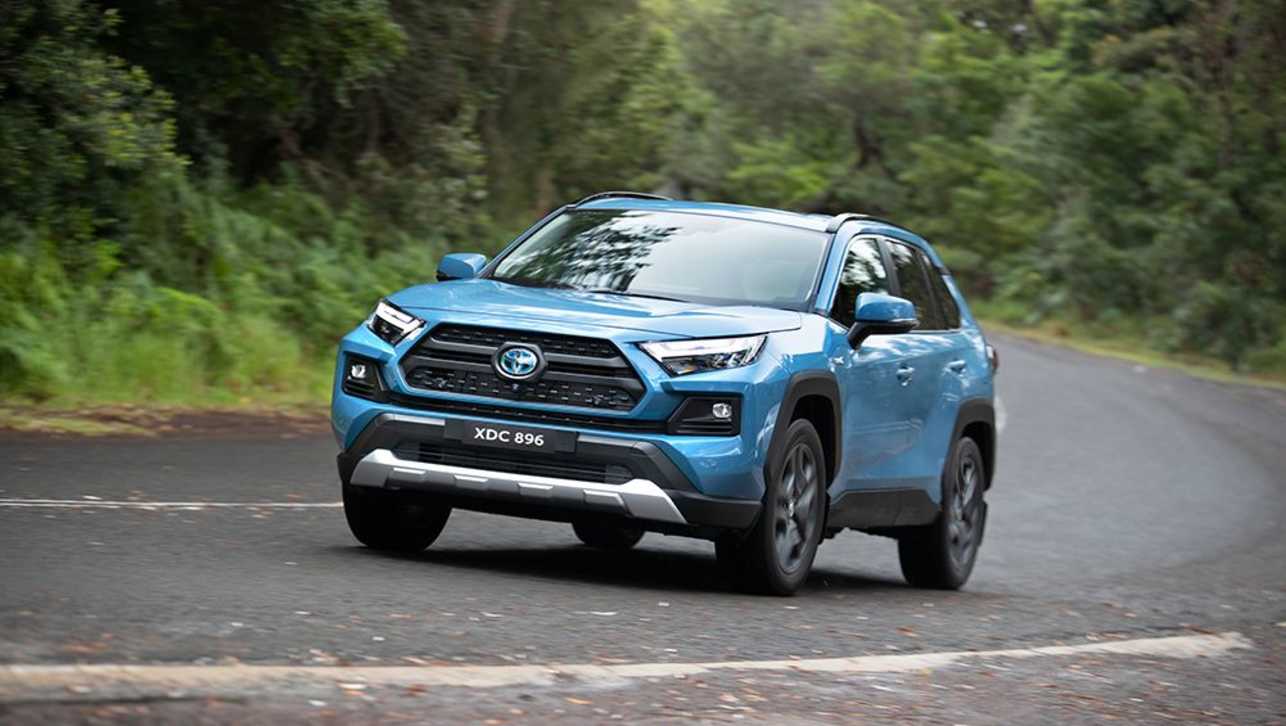The third generation Mitsubishi Outlander, here first as a petrol model in December, is being cloned into an ultra-efficient plug-in hybrid and a turbo-diesel. All three powerplants are on Australia's shopping list and all are expected to be on sale by mid-2013.
The all-new Outlander grows in size to seat up to seven occupants. First shown in Asia last month at the Beijing motor show, it follows the styling of the hybrid SUV show car, the PX-MiEV, that has quietly ridden the international motor show circuit since 2010.
Mitsubishi is expected to bring the plug-in hybrid Outlander - which is capable of an incredible 2.5 L/100km and a scant 50 grams/km of CO2 - to Australia around the middle of next year. It will be preceded by a diesel automatic model - which initially was off the list for Australia - around Fe bruary.
The turbo-diesel may be either Mitsubishi's new 130kW 2.2-litre unit or the 114kW 2.2-litre engine from PSA-Peugeot and currently used in Peugeot's 4007 SUV, a joint-venture build between the two companies. Even the petrol model here later this year will be all new.
The Outlander on the stand in Beijing came with either a 2-litre or 2.4-litre four-cylinder petrol engine but Australia is likely to get the smaller engine. This engine is an evolution of the 2-litre unit in the ASX, with a n ew MIVEC valve system for more power and lower fuel consumption.
The Outlander's fuel economy will also benefit from using high-tensile steel construction to trim the new SUV's weight - down from the current model despite the addition of a third row of seats - and improved aerodynamics. The SUV will also get a stop-start system.
Mitsubishi claims it can get fuel consumption down to 4.9 L/100km for its entry-level, front-wheel drive diesel manual. But the big news is the hybrid. Mitsubishi says the plug-in hybrid is expected to be affordable, with pricing about $5000 more than its petrol counterparts, currently in the $30,000-$50,000 range depending on trim level.
The plug-in Outlander has a range of about 800km on its batteries, assisted by a small onboard petrol engine. Mitsubishi Australia's spokesman on electric vehicles, Ashley Sanders, last year said that the plug-in uses two 60kW electric motors, one driving the front wheels and the other the rear.
The 70kW petrol engine acts ma inly as a generator. The vehicle will run on electric-only after an overnight charge and, as the batteries run down, the petrol engine will start up and power a generator.
"However, the engine can provide power to the wheels,'' Sanders says.
"It will act as a supplementary power source. It's not the primary power source as is the case in hybrids such as the Prius.
"So the Outlander can be driven with all-electric power from the batteries, or with the engine used as a generator for the batteri es, or where the engine is helping the electric motors. It's all done automatically."
The plug-in Outlander weighs about 180kg more than the petrol version, due mainly to the 72 lithium-ion battery cells under the floor. Other features of all Outlander models will be an ``eco-friendly'' driving system that tells the driver when they are driving at maximum efficiency.
There will also be driving aid options including FCM (Forward Crash Mitigation System) that detects vehicles in front of the Mits ubishi and automatically applies the brakes to reduce any chance of a collision; and an Adaptive Cruise Control System that is a radar-based system designed to maintain a safe distance between the vehicle at all speeds.








.jpg)

.jpg)
.jpg)

.jpg)

.jpg)

.jpg)

.jpg)
.jpg)
.jpg)


.jpg)





Comments